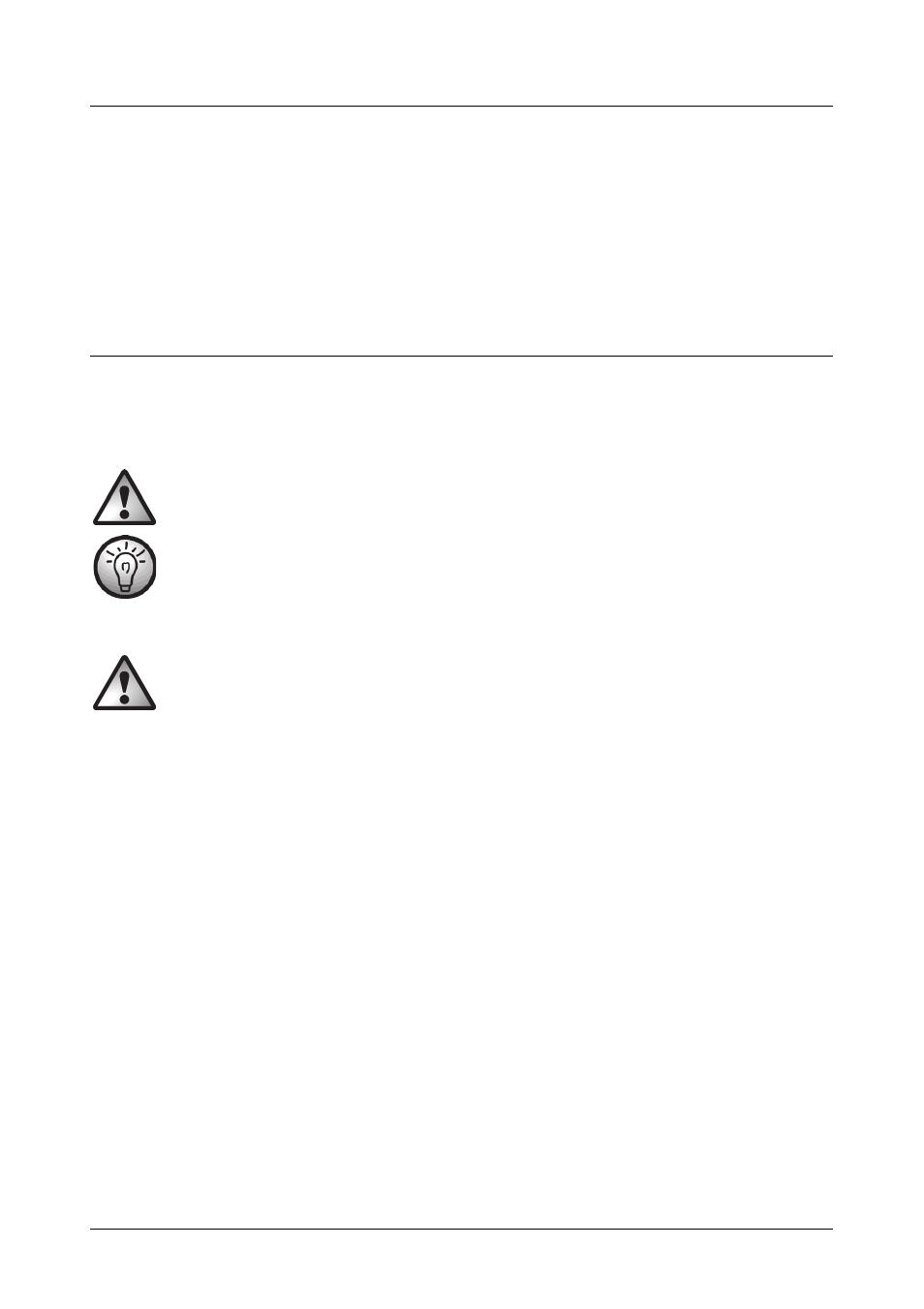Non-compliant radio tuner frequency bands, Safety instructions, Warning: mains isolation – Silvercrest SFR 2.4 B1 User Manual
Page 57

SilverCrest SFR 2.4 B1
English
55
Non-Compliant Radio Tuner Frequency Bands
The technical design of the device may allow a frequency band outside the permitted frequency
band limits to be received in certain countries. In some countries, different local regulations may
apply for the assigned broadcasting frequency bands. Please note that you are not allowed to
process, pass to third-parties or in any form use any information that you receive outside the
assigned broadcasting band.
Safety Instructions
Before you use this device for the first time, please read the following notes in this manual and
heed all warnings, even if you are familiar with handling electronic devices. Keep this manual
safe for future reference. If you sell the device or pass it on, it is essential that you also hand over
this manual.
This symbol indicates important information for safe operation of the device and the
safety of the user.
This symbol indicates other important information on the topic.
Warning: Mains Isolation
The On/Off switch of this device does not fully disconnect the device from the mains. Furthermore,
the device consumes electricity in the Standby mode. In order to completely disconnect the device
from the mains, the power adapter must be pulled out from the wall outlet. For this reason, the
device should be positioned such that unobstructed access to the wall outlet is ensured, so that the
power plug can be immediately pulled out in an emergency situation. To avoid the risk of fire if
the device is not going to be used for a long while (e.g. during holidays), it should always be
disconnected from the power socket.
Do not open the housing of the power adapter - it contains no serviceable parts! Opening the
housing exposes you to lethal electric shocks.
Before stormy weather when there is the risk of lightning, disconnect the device from the power
supply.
Use only the original power adapter. For more information, please see “Power supply” on page
54.
